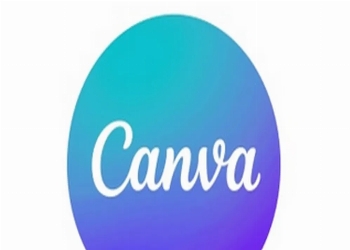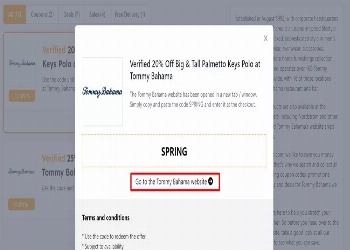
Managed Funds
The term "managed (investment) fund" is generic one covering a range of related investment products including balanced funds, listed or unlisted property trusts, pooled superannuation trusts, insurance company savings bonds and some annuities.
Although all are structured differently and may have varying taxation treatments, they share basic similarities. Sometimes managed funds are also referred to as "managed trusts", "pooled funds", "investment trusts", or "unit trusts".
A managed fund is an investment vehicle where the money put into it by a large number of smaller investors is pooled together and managed as one large investment portfolio by a professional investment manager.
Managed funds can invest in either shares, cash, property or fixed interest securities, or can invest in some or all of them. They can also invest in these assets directly, or indirectly by investing in them through other managed funds.
Managed funds can specialize in all sorts of assets - whether Australian, International, Asian or from any other region or mix of regions. They can also invest in fish farms, pine plantations and feature films.
In fact, the mix and type of assets and ventures you can invest in through a managed fund is limited only by the imagination of those offering them.
Investors in a managed fund are effectively part-owners of the assets held by the fund. Earnings generated by the fund's assets can be distributed as income to investors on a regular basis (monthly, quarterly or six months) or, alternatively, its earnings can go towards increasing the capital value of the investors' units.
This capital appreciation (designated by an increase in unit price) is realised when the units are sold by the investor.
Most managed funds stipulate minimum initial investments in the fund, minimum additional deposits and minimum balances. As a general guide, an average minimum investment would be around $1,000, a minimum additional investment would be $100, and a minimum balance would be around $500.
-
 02/02/2024 253
02/02/2024 253 -
 11/17/2023 220
11/17/2023 220 -
 11/16/2023 224
11/16/2023 224 -
 11/16/2023 264
11/16/2023 264 -
 11/16/2023 245
11/16/2023 245 -
 11/07/2023 237
11/07/2023 237 -
 11/06/2023 273
11/06/2023 273 -
 07/10/2023 299
07/10/2023 299
-
 12/08/2016 5657
12/08/2016 5657 -
 03/22/2018 2693
03/22/2018 2693 -
 10/10/2016 2657
10/10/2016 2657 -
 01/09/2017 2551
01/09/2017 2551 -
 01/13/2017 2195
01/13/2017 2195 -
 01/13/2017 2184
01/13/2017 2184 -
 01/14/2017 2023
01/14/2017 2023 -
 11/06/2019 2005
11/06/2019 2005
FEATURED NEWS

Shopping Tips

Misc

Shopping Tips

Personal Finance

Shopping Tips





LEAVE A COMMENT